- Home
- Tours
- Cities
- Journal
- News
- Blog
- Why Choose us?
- Iran Travel Guidelines
- Iranian Calendar
- Yalda Night In Iran
- Iranian Food
- Iranian Train Railway
- Nomads
- Hijab in Iran
- Can I Drink Alcohol In Iran?
- 10 things tourists must know before traveling to Iran
- Clothing Guideline
- Fascinating Villages in Iran
- IRAN Intangible Cultural Heritage in UNESCO
- Services
- Contact us
- About Us
Iran Silk Road Tour
Iran Silk Road Tour
Iran Silk Road Tour may have formally opened up trade between the Far East and Europe during the Han Dynasty, and Achaemenid Dynasty in Iran which Han Dynasty ruled China from 206 B.C. to 220 A.D.
But the transport of goods and services along these routes dates back even further. The Royal Road, which connected Susa (in present-day Iran) more than 1,600 miles west to Sardis (near the Mediterranean Sea in modern Turkey), was established by the Persian ruler Darius I during the Achaemenid Empire—some 300 years before the opening of the Silk Road.
The Persians also expanded the Royal Road to include smaller routes that connected Mesopotamia to the Indian subcontinent as well as northern Africa via Egypt.
The Silk Road routes included a large network of strategically located trading posts, markets, and thoroughfares designed to streamline the transport, exchange, distribution, and storage of goods.
Routes extended from the Greco-Roman metropolis of Antioch across the Syrian Desert via Palmyra to Ctesiphon (the Parthian capital) and Seleucia on the Tigris River, a Mesopotamian city in modern-day Iraq. From Seleucia, routes passed eastward over the Zagros Mountains to the cities of Ecbatana (Iran) and Marv (Turkmenistan), from which additional routes traversed to modern-day Afghanistan and eastward into Mongolia and China.
Silk Road routes also led to ports on the Persian Gulf, where goods were then transported up the Tigris and Euphrates rivers. Routes from these cities also connected to ports along the Mediterranean Sea, from which goods were shipped to cities throughout the Roman Empire and into Europe.

Silk Road Countries
Iran Silk Road tour would be amazing for travelers and touch ancient times.
Silk Road, an ancient trade network and a herald of relationships among nations, still has its attraction and charm for modern-day travelers.
As some of Iran’s main cities and villages are on this road and have kept their ancient customs. A tour to Iran can be amazing and one of the most attractions.
Iran is actually one of the Middle East’s most intriguing destinations because so few people have traveled there, giving it a very real sense of mystery.
However, Iran has a great historical heritage, beautiful landscapes, rich cuisine, and fine objects of national art – and to learn all of these in a lifetime is not enough.
We collect 17 days tour (Iran Silk Road Tour) for you to feel the sense of adventure and touch ancient times.
Day 1:Tabriz
We start the tour from Tabriz.
If you coming from the Tehran border on a flight you can come to Tabriz.
Arrive early morning and transfer to the hotel after breakfast visit El Goli also known as Shah Goli with its beautiful artificial lake and visit the tomb of Shahriar, the most famous Persian, and Azeri poet. You will also be able to visit the exotic bazaar with an interesting array of ethnic crafts on sale. Overnight in Tabriz.
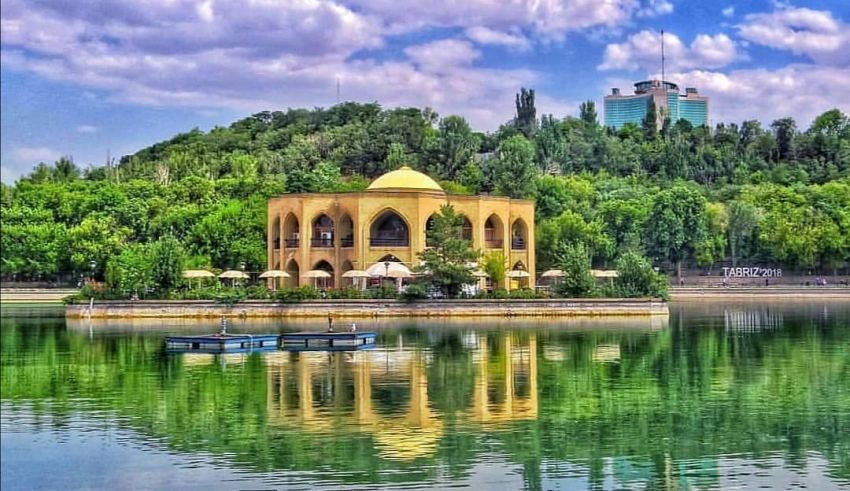
El Goli Park,Tabriz, Iran
Day 2: Tabriz
Tabriz has been a place of cultural exchange since antiquity and its historic bazaar complex is one of the most important commercial centers on the Silk Road.
Tabriz Historic Bazaar Complex consists of a series of interconnected, covered, brick structures, buildings, and enclosed spaces for different functions, and also as a UNESCO WORLD HERITAGE SITE.
Tabriz and its Bazaar were already prosperous and famous in the 13th century, when the town, in the province of Eastern Azerbaijan, became the capital city of the Safavid kingdom.
Today we start the tour from Tabriz. We will visit El Goli also known as shah Goli with its beautiful artificial lake and visit the tomb of Shahriar, the most famous Persian and Azeri poet. You will also be able to visit the exotic bazaar with an interesting array of ethnic crafts on sale. Overnight in Tabriz.
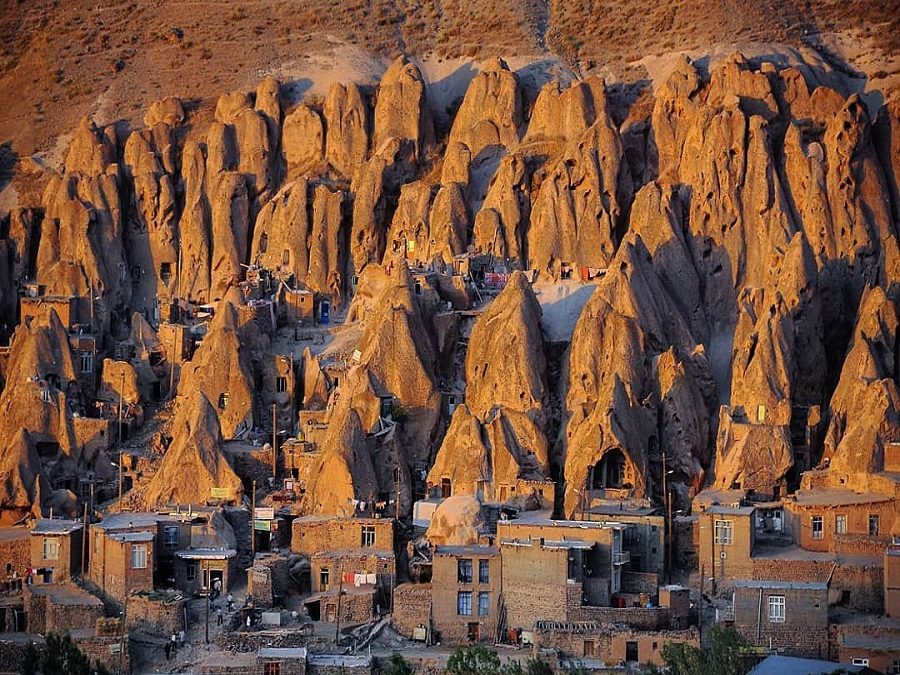
Kandovan, East Azerbaijan, Iran
Day 3: Zangan
The mausoleum of Oljaytu was constructed in 1302–12 in the city of Soltaniyeh, the capital of the Ilkhanid dynasty, which was founded by the Mongols.
Situated in the province of Zanjan, Soltaniyeh is one of the outstanding examples of the achievements of Persian architecture and a key monument in the development of its Islamic architecture.
Today we will visit this magnificent UNESCO WORLD HERITAGE SITE, the second-biggest brick dome structure in the world. Afterward, we will visit Zanjan Bazaar. Overnight in Zanjan.
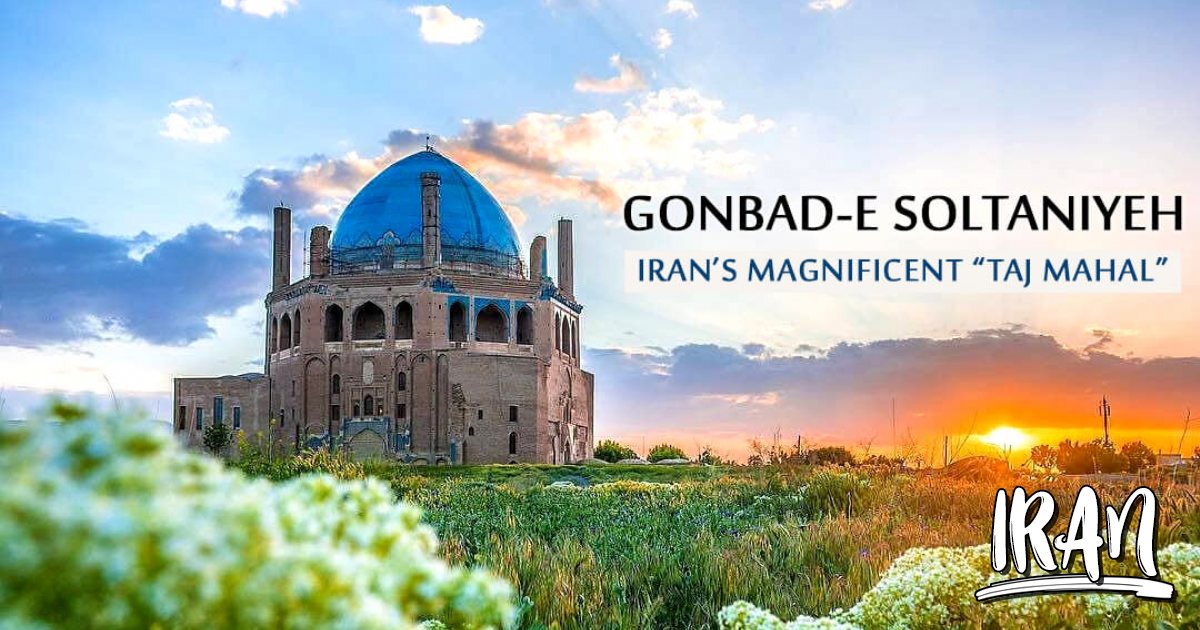
Soltanieh Dome, Zanjan, Iran
Day 4: Tehran
This morning, we drive to Tehran, then we will take you to a UNESCO WORLD HERITAGE SITE, the Golestan Palace which was built Built during the Qajar Dynasty, that rose to power in the late 1700s, this fabulous walled complex is centered on a landscaped garden with tranquil pools.
Many of the elements you will admire today date to the 19th century when local the Qajarid(19th A.D.) architects and artisans were looking to integrate traditional Persian style with elements of Western and Russian origin.
The palace buildings are among the oldest in modern Tehran and they are still regarded as a crowning achievement of the Qajar era. Then, we will walk around Tehran Bazaar, a few steps far from Golestan Palace.
Walking along the Bazaar route, we go to Timche Akbarian. Timche Akbarian dates back to Qajar era (almost 260 years old) when its main purpose was to exchange money.
Later it was developed into the first bank of Iran and was run mainly by Jews who were the prominent residents of the Oudlajan neighborhood.
In the afternoon, you will visit Nature Bridge or (Tabiat Bridge). Tabiat Bridge (Nature Bridge) is the first pedestrian overpass in the country and the largest one in the Middle East.
It is constructed on three floors having several restaurants, cafes, and several benches for people to take a rest in the midway. Overnight in Tehran.
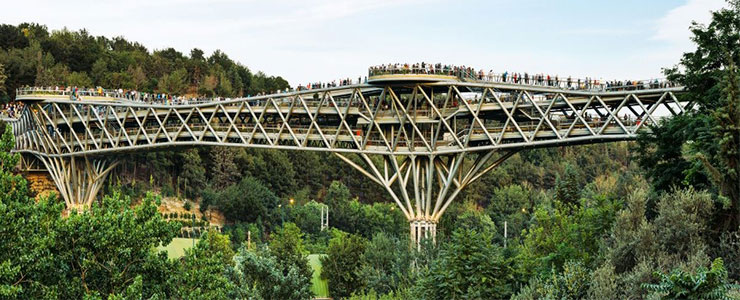
The Nature Bridge, Tehran, Iran
Day 5: Isfahan
As the 17th-century capital of the Safavid Empire, Isfahan was one of the world’s greatest cities architecturally striking, wealthy beyond imagination, and politically powerful with Europeans, Ottomans, Indians, and Chinese coming to its court– the heart of a vast Persian Empire that stretched from the Euphrates River in present-day Iraq to the Oxus River in Afghanistan.
Indeed, its grandeur inspired the rhyming proverb, Isfahan Nesf-e Jahan (Isfahan is half of the World). Imam Square of Isfahan is one of the largest city squares in the world and was Built by Shah Abbas I the Great at the beginning of the 17th century.
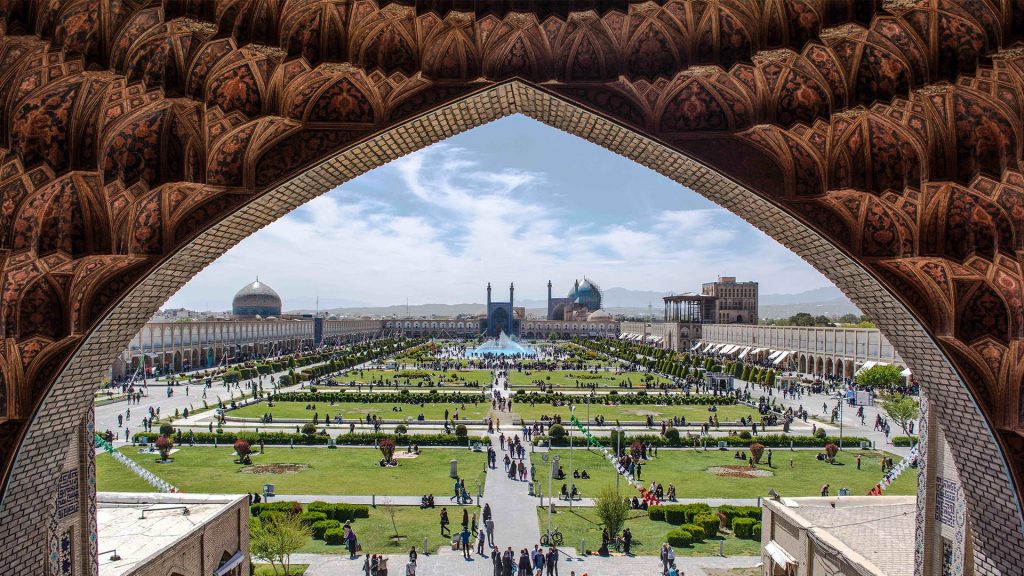
Isfahan, Iran
This amazing site 1979 was designated a UNESCO WORLD HERITAGE SITE.
Must see this place. Imam Square is surrounded by important historical buildings from the Safavid era.
The Shah Mosque is situated on the south side of this square. On the west side, you can find Ali Qapu Palace. Sheikh Lotf Allah Mosque is situated on the eastern side of this square and the northern side opens into the Isfahan Grand Bazaar.
They are an impressive testimony to the level of social and cultural life in Persia during the Safavid era.
Afterward, we will visit Chehel Sotoun, literally meaning forty columns, which is a royal pavilion that was built by Shah Abbas I as a place to receive ambassadors and international guests.
The Chehel Sotoon Palace, along with eight other gardens, is registered as a UNESCO WORLD HERITAGE SITE under the name of the Persian Gulf. Overnight in Isfahan.
Day 6: Isfahan
Today we continue our tour of the city with a visit to Isfahan’s Jame’a Mosque which holds in itself the passage of several centuries of historical Islamic evolution.
This mosque is a gallery of Islamic architecture in which the progress of the architecture from the outset of Islam till recent times is evident.
Then, we will visit Vank Cathedral which is one of the most beautiful Armenian churches in the world and will undoubtedly capture the attention of every Christian.
Afterward, we will conclude with a visit to Allahverdi Khan Bridge popularly known as Si-o-seh pol; the bridge of thirty-three spans.
It is one of the most famous examples of Safavid bridge design and the longest bridge on the Zayandeh rud (the largest river of the Iranian Plateau in central Iran) with a total length of 297.76 meters.
You can do free activities in the evening. Stay overnight in Isfahan.
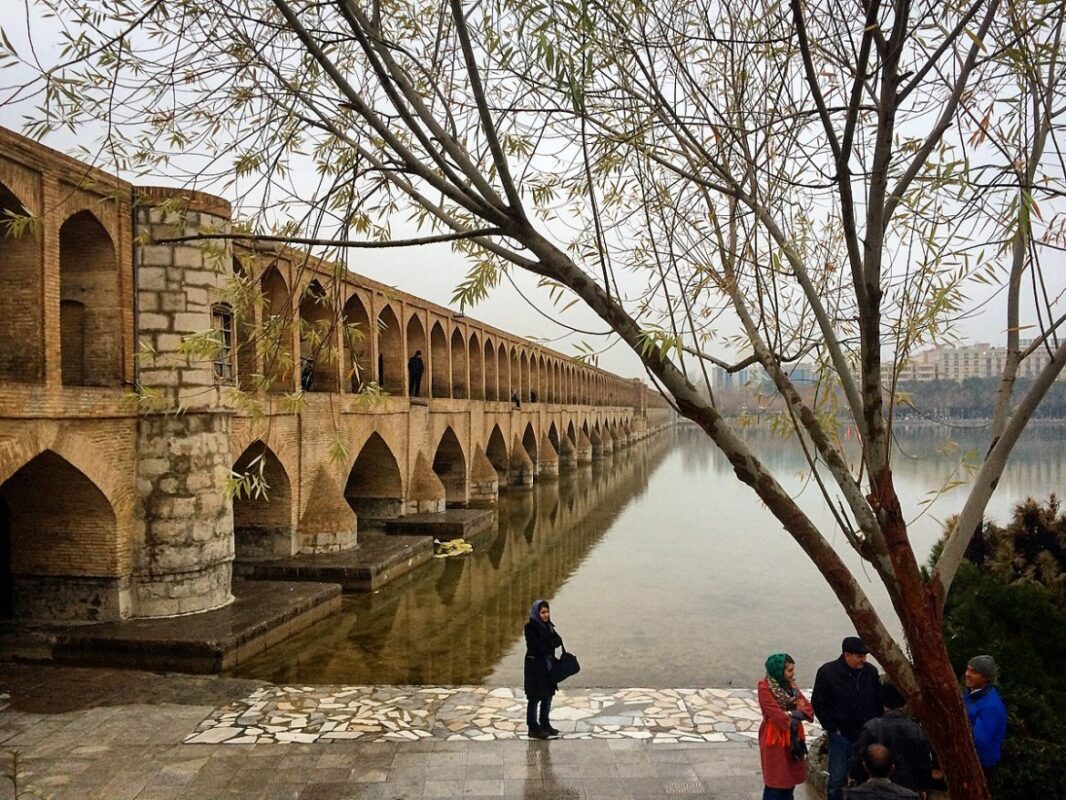
Si-o-Se-Pol Bridge, Isfahan
Day 7: Shiraz
We move to the historical and beautiful city of Shiraz, a city from ancient times. On the first day of the Shiraz Tour, we will visit shah Cheragh Shrine.
Afterward, we will walk through the old part of the city. Overnight in Shiraz.
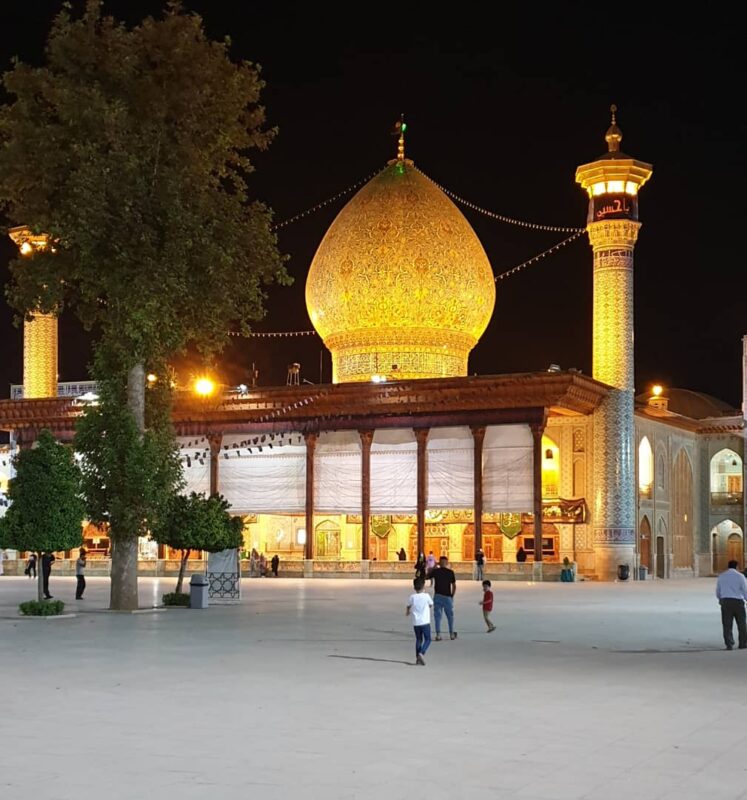
Shah Cheragh, Shiraz, Iran
Day 8:Shiraz
In the morning you will visit Nasir al Mulk mosque and Naranjestan Garden and after that the historical complex of Zandieh which includes: Vakil Bath, Vakil Bazaar, and Vakil Mosque constitute our day visit. Add to that our walk to Karim-Khan Citadel and the historic districts of the city as well and in the evening you will visit Eram Garden and Hafez tomb. Stay overnight in Shiraz.
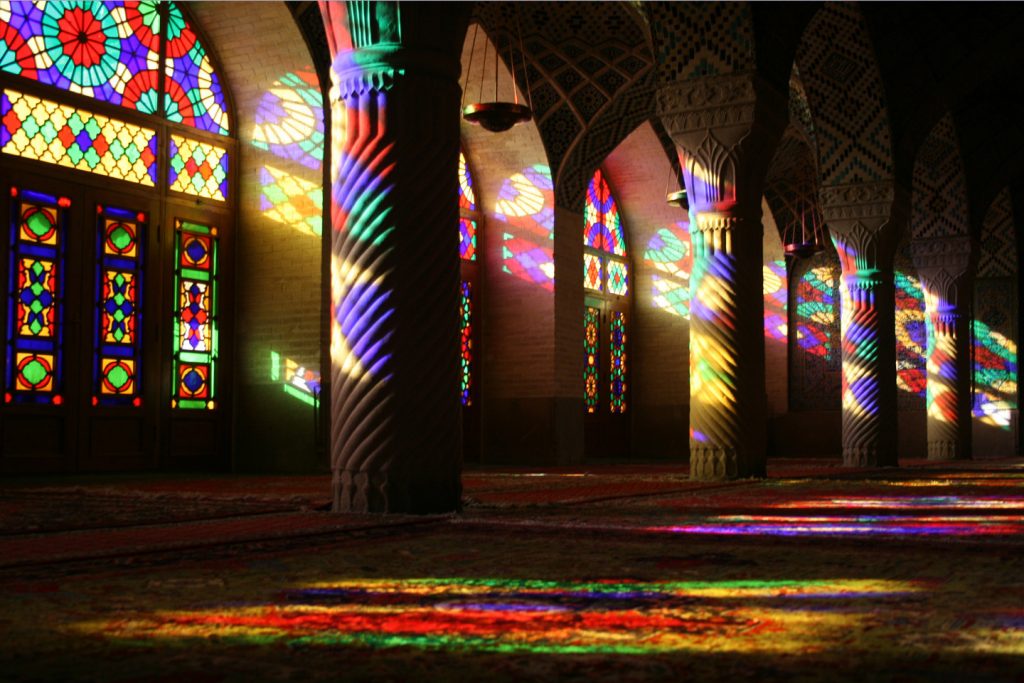
Nasiri-al Molk Mosque, Shiraz, Iran.
Day 9:Persepolis-Kerman
Our excursion for Today is Persepolis.
A UNESCO WORLD HERITAGE SITE. Founded by Darius I in 518 B.C., Persepolis was the capital of the Achaemenid Empire.
It was built on an immense half-artificial, half-natural terrace, where the king of kings created an impressive palace complex inspired by Mesopotamian models.
The importance and quality of the monumental ruins make it a unique archaeological site.
It seems that Darius planned this impressive complex of palaces not only as the seat of government but also, and primarily, as a showplace and a spectacular center for the receptions and festivals of the Achaemenid kings and their empire such as Nowruz (New Year, March 21st).
The next is Necropolis(Naghsh e- Rostam). Opposite Rahmat mountain, ten minutes drive to the north, proudly stands the Necropolis, the magnificent burial place of Achaemenid kings.
The site also provides seven bas-reliefs dating back to Elamite and Sassanid periods. Then, we drive to Kerman City and stay overnight in Kerman.

Persepolis, Fars Province,Iran.
Day 10:Kerman
In the morning we drive to visit the beautiful Shahazdeh(Prince)Garden In Mahan city, one of the 9th Persian gardens registered in UNESCO WORLD HERITAGE SITES and afterward, Rayen Castle.
Among the many artistic landmarks of Kerman, Rayen Castle is one of the most substantially significant of them all. It is claimed that Rayen Castle is the second largest adobe structure in the world after Arg-e Bam, the spectacular UNESCO WORLD HERITAGE SITE.
It might seem interesting to know that until just 150 years ago, Rayen Castle was home to its residents. Its construction dates back to Sasanid era, before the emergence of Islam.
No ruler could have ever invaded this castle during history and this is what Rayen Castle takes pride in.
Afterward, in the evening we will visit the wonderful Ganjali Khan Bathhouse and see its extraordinary architecture. Get familiar with the city and enjoy it. Stay overnight in Kerman.
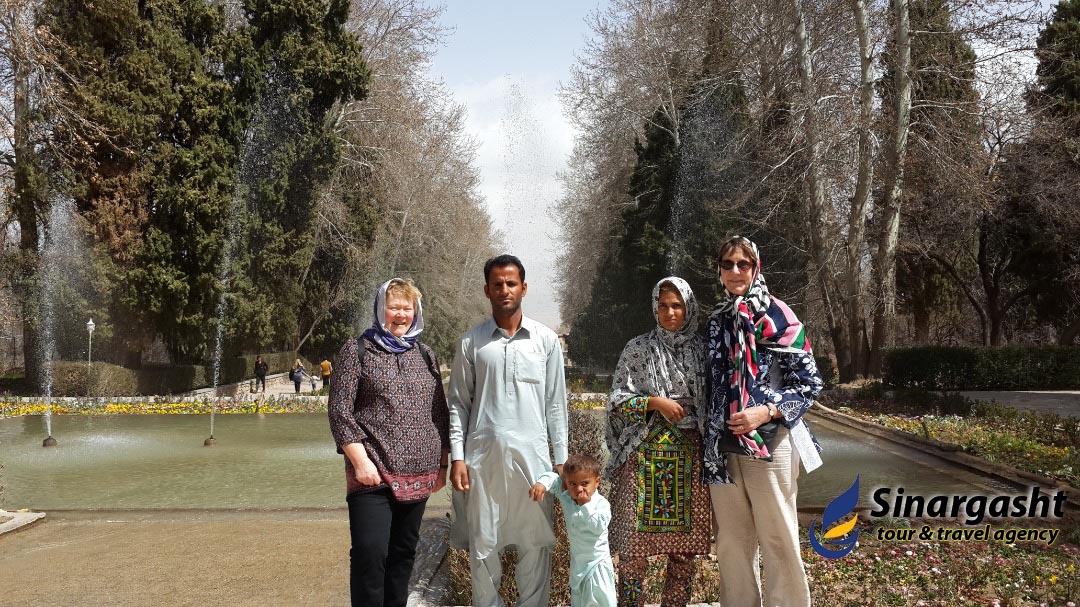
Prince Garden, Mahan, Kerman province, Iran
Day 11: Kerman-Desert Tour
Lut desert is the world’s 25th largest desert. Lut desert is one of the world’s driest and hottest places too. Lut Desert was inscribed on the UNESCO WORLD HERITAGE SITES list on July 17, 2016. We will show you this magnificent desert on our tour. In the morning we drive to the desert and the distance between Kerman and Kaluts of Shahdad is about 230 km and it takes approximately 3 hours. Then, we spend all day in the desert and enjoy this magnificent place. Overnight in the desert.
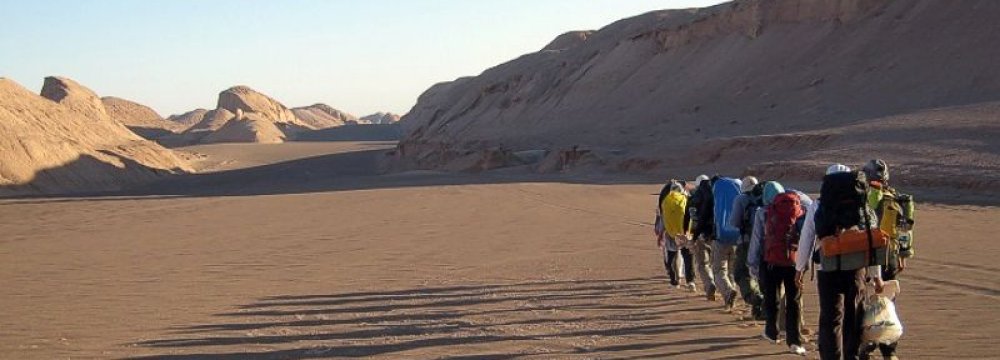
Lut desert
Day 12: Yazd-Zeino-din caravanserai
Drive to Zeino-din Caravanserai and stay in this amazing Place. This caravanserai was the place where gunmen and trustees are located and now by keeping the same traditional space. The dates back to the 16th century and on the ancient Silk Road. You must experience this wonderful place. Overnight in Zeino-din Caravanserai.
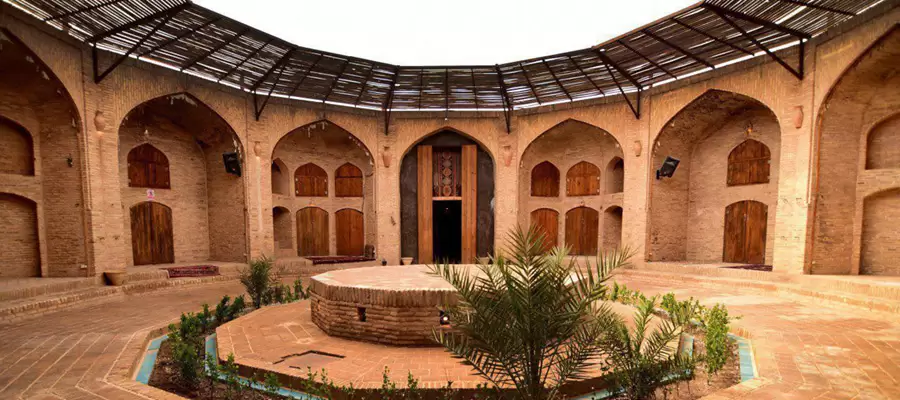
Zeino-din Caravanserai
Day 13: Yazd
In the morning drive to Yazd. This Desert town, famous for its wind towers, is the Zoroastrian centre of Iran. Visit the ‘Atashkadeh’ Fire Temple. Although the temple is modern (1940), the sacred fire has been burning since 470 AD. On to Alexander’s Prison and Jame’h Mosque. Overnight in Yazd.
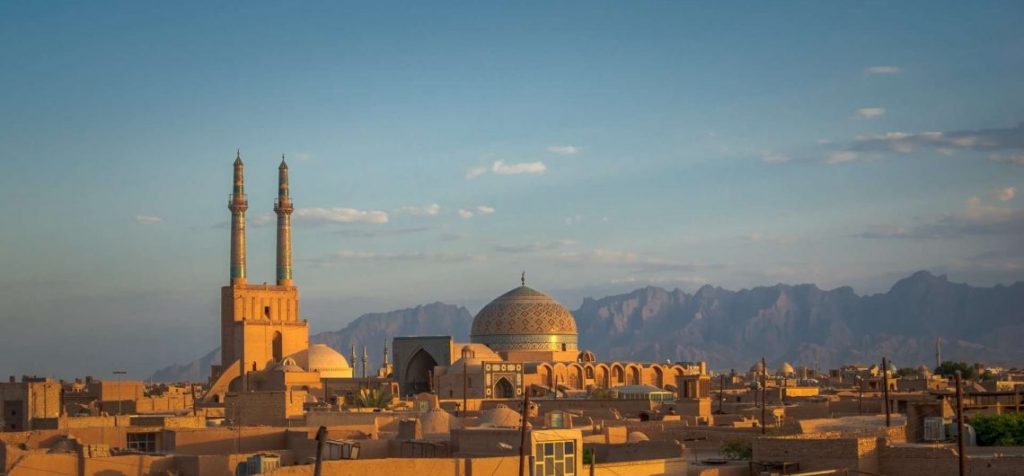
yazd-Jaame-Mosque
Day 14: Damghan
In the Morning after breakfast drive to Damghan and visit the Parthians capital in ancient times. Visit the oldest mosque of Iran, Tarikhane mosque. Tari Khaneh Mosque is one in the oldest mosques in Iran. Its construction date is not known with certainty, but it was probably built on the ruins of a Sassanid fire temple in the early periods. Tari is the Turkic term for God, and Khaneh is a Persian word meaning house.
Therefore, the compound word Tarikhaneh, translates into “the house of God”. After that Visit Chehel Dokhtaran tower and Jame mosque of Damghan. Overnight in Damghan.
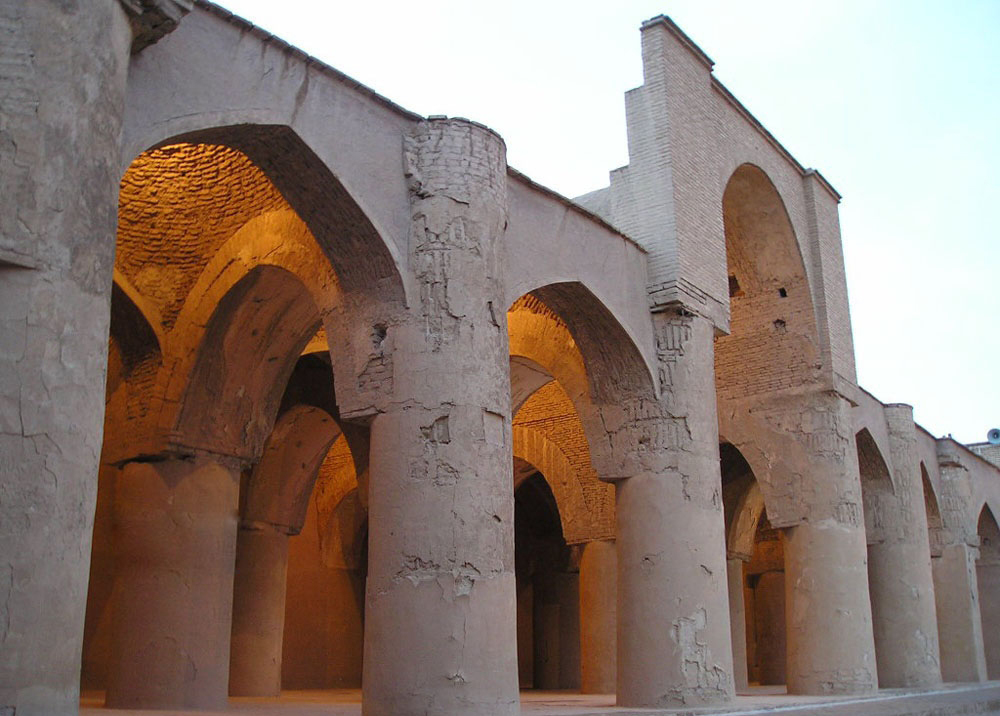
Tarikhaneh Mosque
Day 15: Mashhad
We will head to Mashhad and Visit the mausoleum of Imam Reza the Eighth Imam of Shiites. Overnight in Mashhad.

Imam Reza Shrine, Mashhad, Iran.
Day 16: Mashhad
Visit Ferdowsi tomb(The mystic poet of 10 century A.D) and Harounieh palace and spend your time with local people. Overnight in Mashhad.
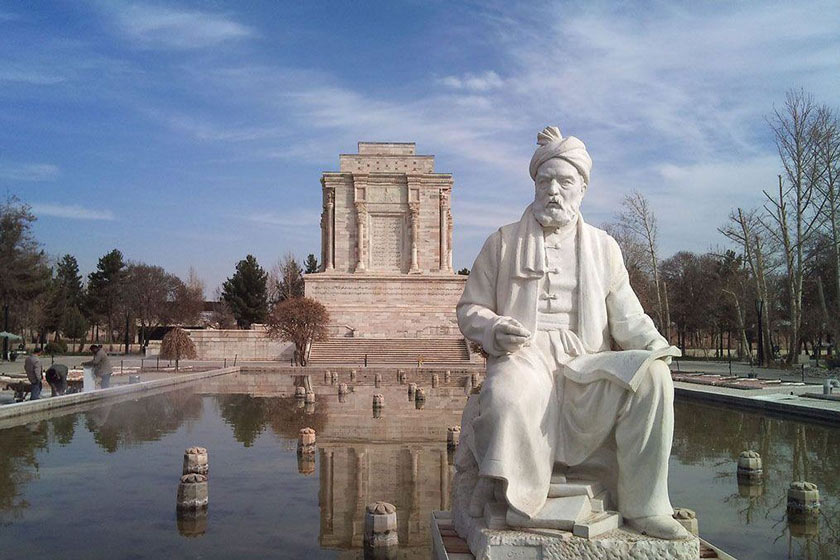
Ferdowsi
Day 17: Mashhad
You will depart Iran, the land of warmth and hospitality with fond memories.
-
Includedinvitation letter for Iran visaAccommodationLocal airport transportationProfessional GuideDomestic AirfareBreakfast
-
Not IncludedIran visa fee at the airport or embassyportage feelaundryEntry Feeslunch and Dinner
Similar Tours
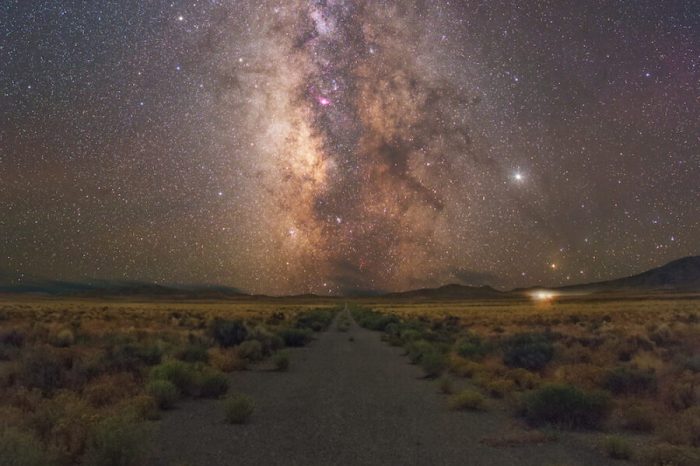
Iran Sparkling Sky Tour
Represents superb Iran, a mountainous, arid, and ethnically diverse country in southwestern Asia.
